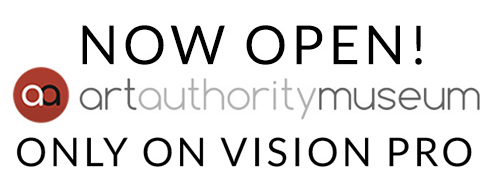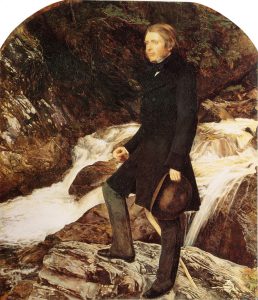Millais work acquisition shows advantage of art going digital
Earlier this week the Ashmolean Museum announced the acquisition of one of the major works of British Romantic artist John Millais. The 1854 portrait of John Ruskin had previously been in private hands.
Within minutes of becoming aware of the acquisition, we here at Art Authority were able to change the location of the work within our database, and add a link to an article describing the acquisition. So, the same day as the announcement, Art Authority users browsing Millais works, or looking at works from the Romantic period (perhaps through “shuffle”) or even coming across the work through an “Art Like This” search, would get the correct and enhanced information. And Art Alert users, checking out what art they could view in the Oxford area, would see that the work is available at the Ashmolean.
Think how this type of information would have propagated in the pre-digital art world (or, actually, how it will propagate in the remaining part of that world). Catalogs would have to be changed. New revisions of art history textbooks would have to published. Professors would have to change their slides. And the information would still remain inaccurate (will still remain inaccurate) in many places for years if not decades.
But in the new world where art is digital, the change is nearly instantaneous. Art Authority’s president and founder, Alan Oppenheimer, has been giving talks on the many advantages when “Art Goes Digital,” most recently at Macworld/iWorld and Cal State East Bay. It looks like there will need to be a new bullet item added to those talks: the near-immediate update of information when things change!
(Art Authority is of course only one example of art going digital. But we’re proud to say that we even beat Wikipedia with the updated information!)



